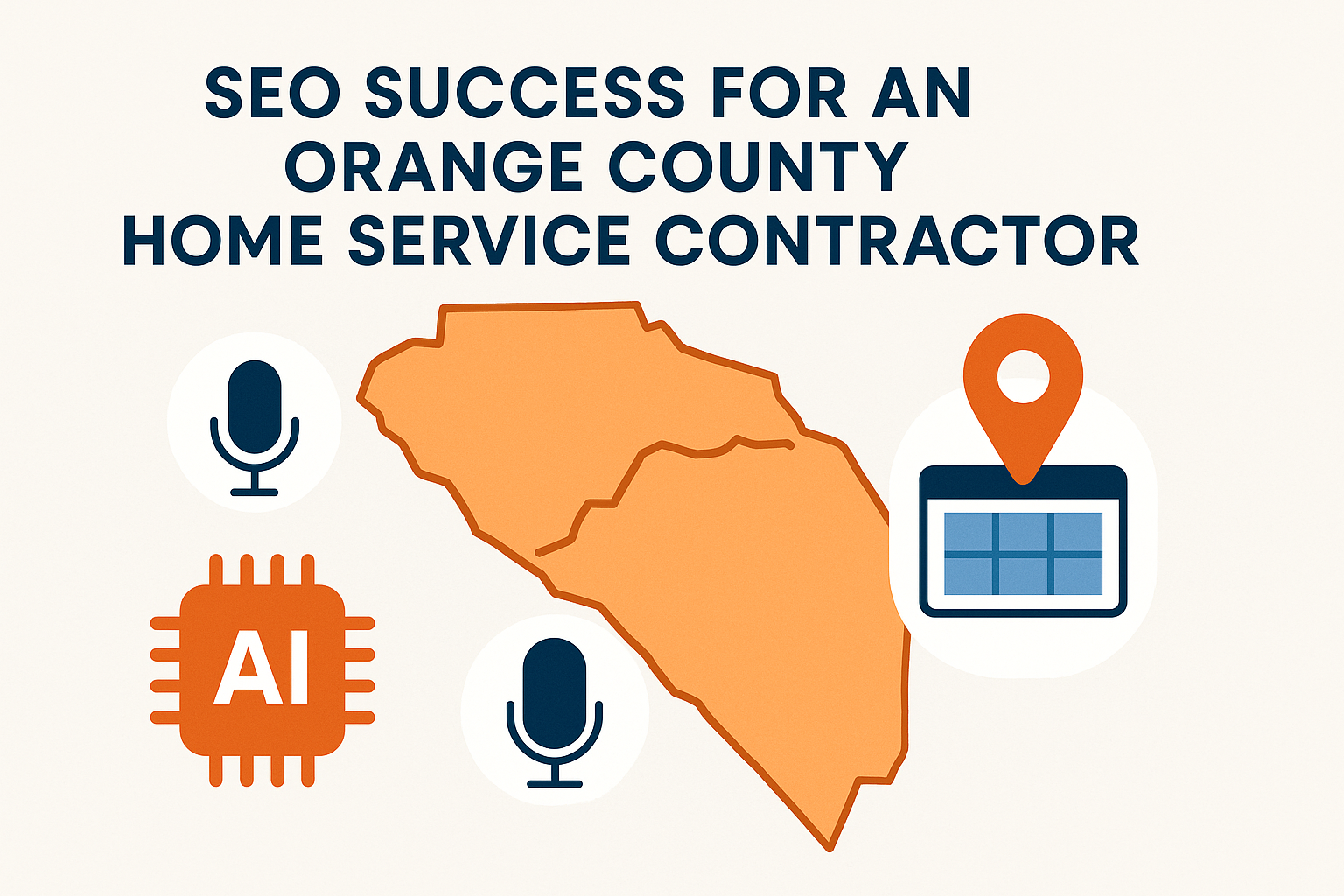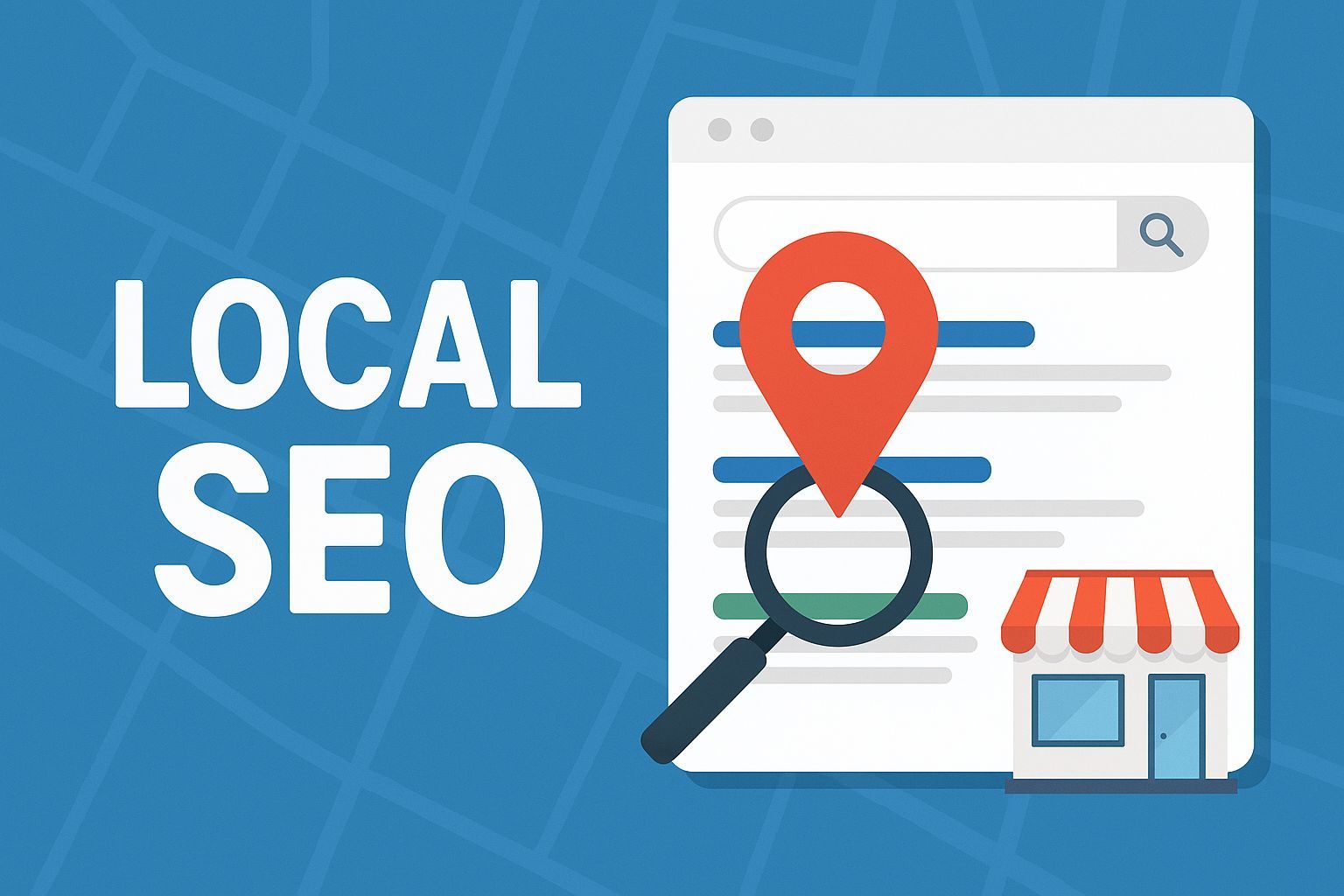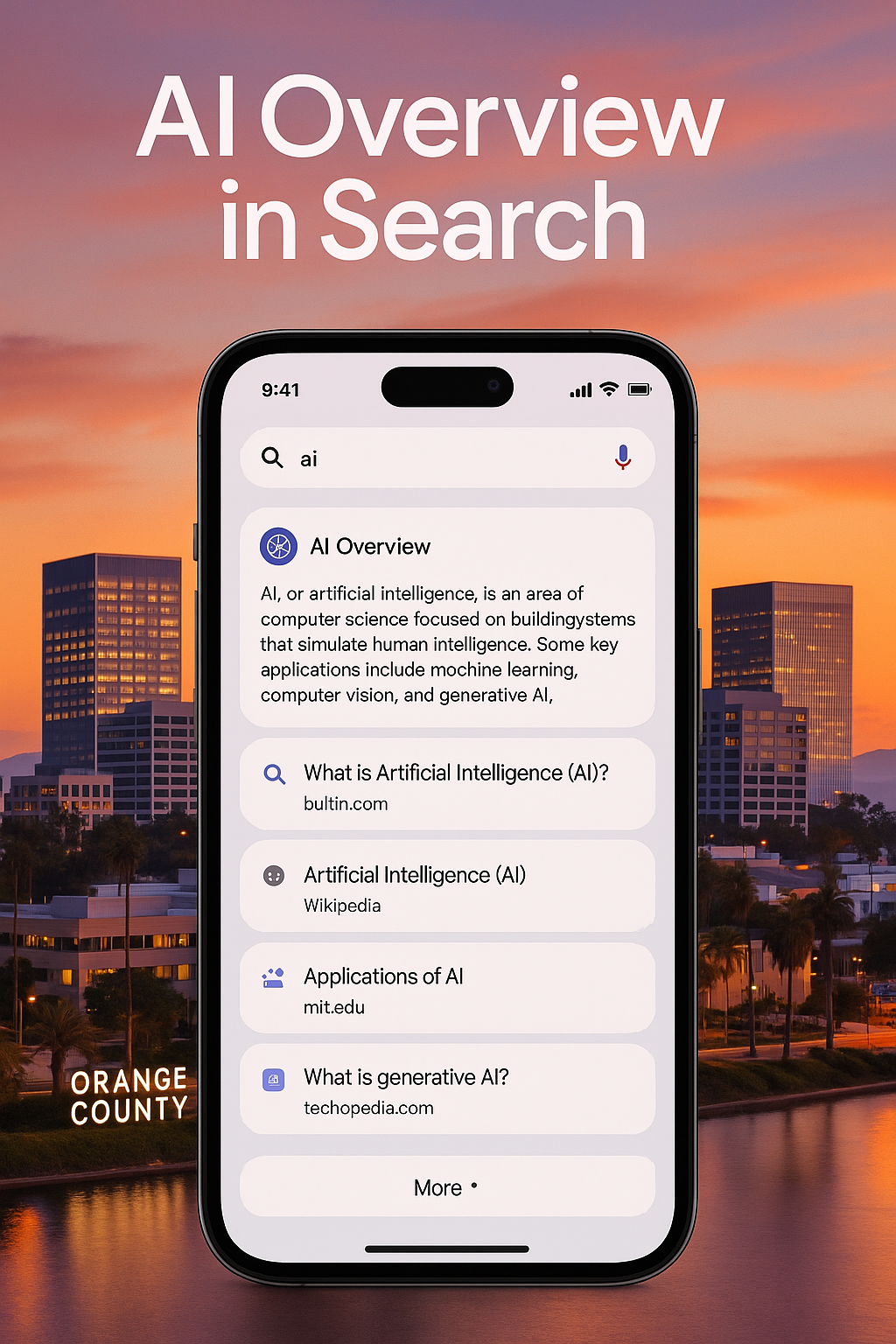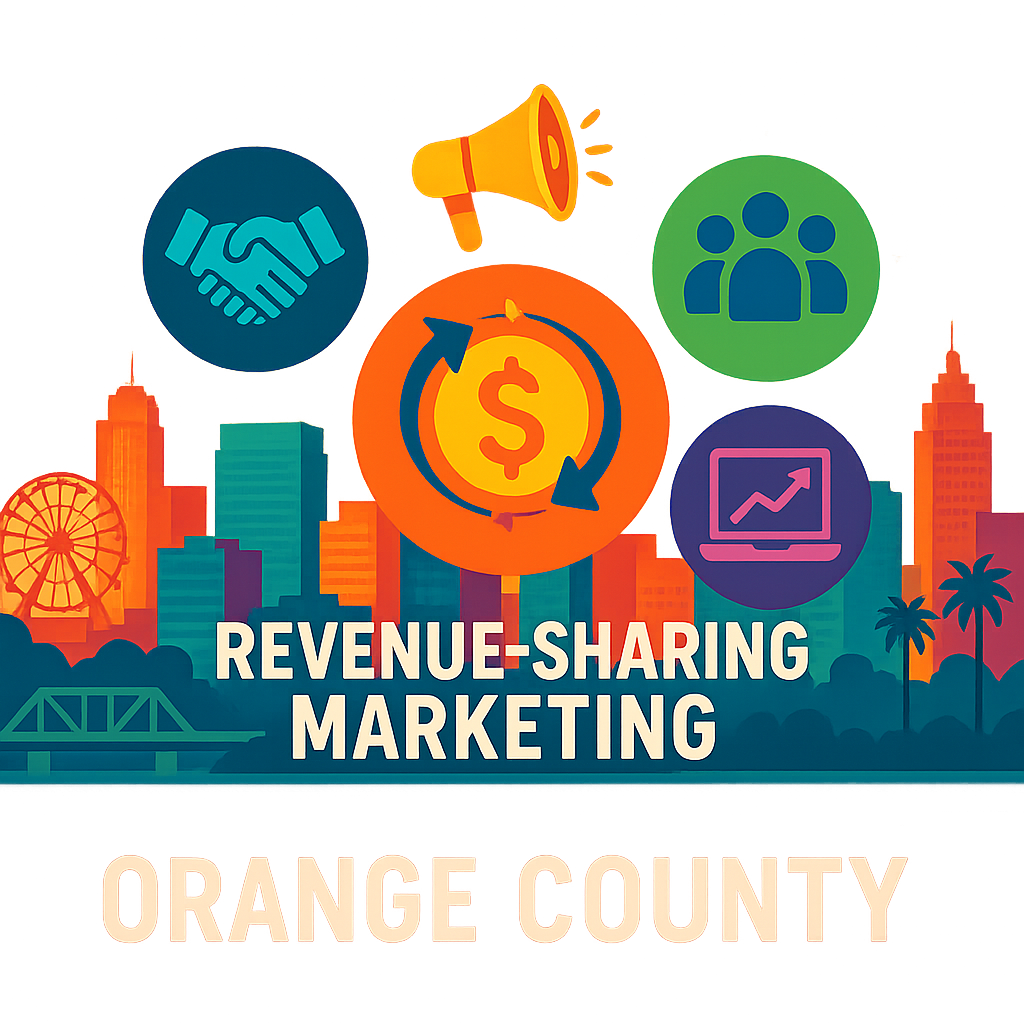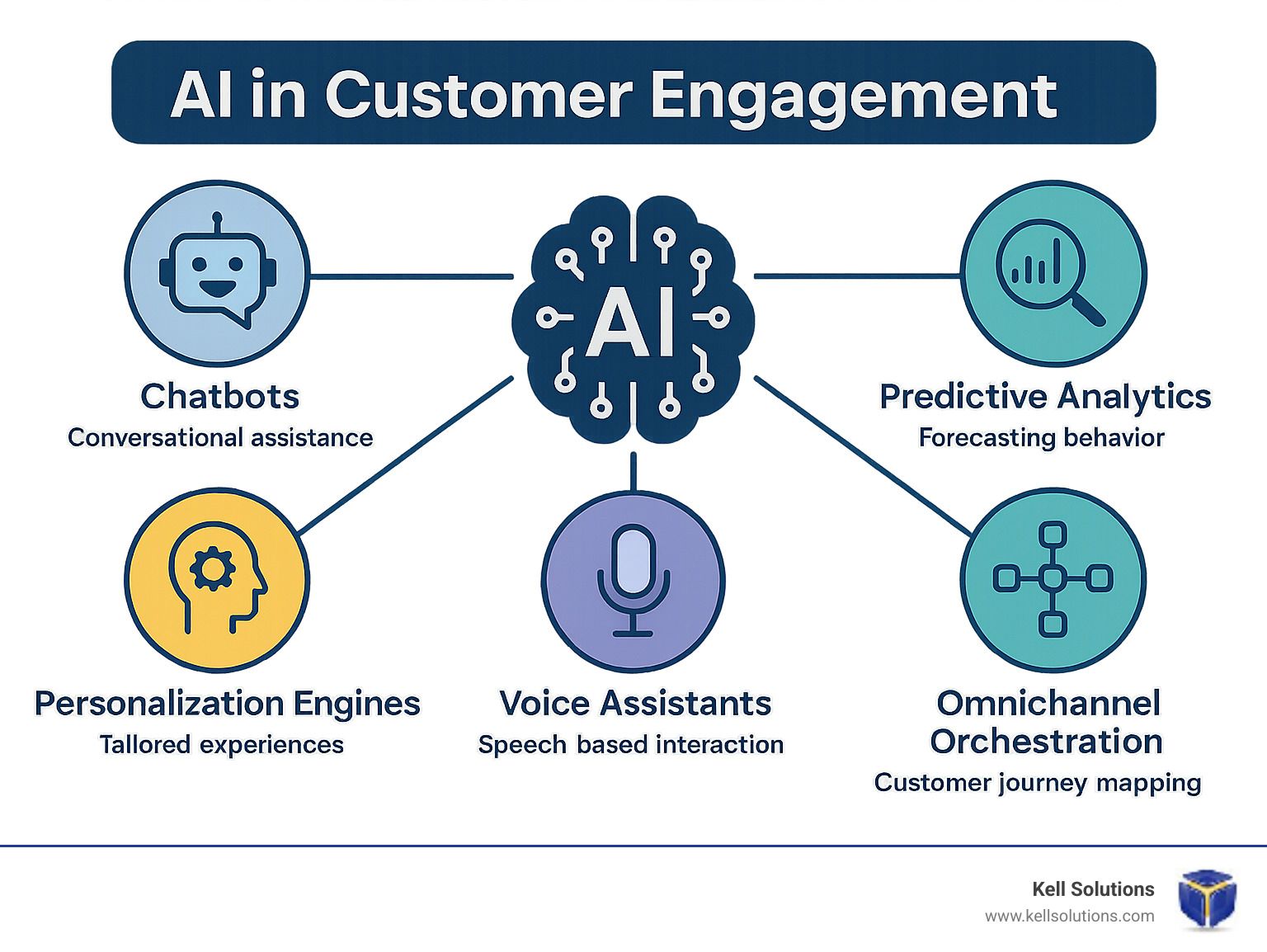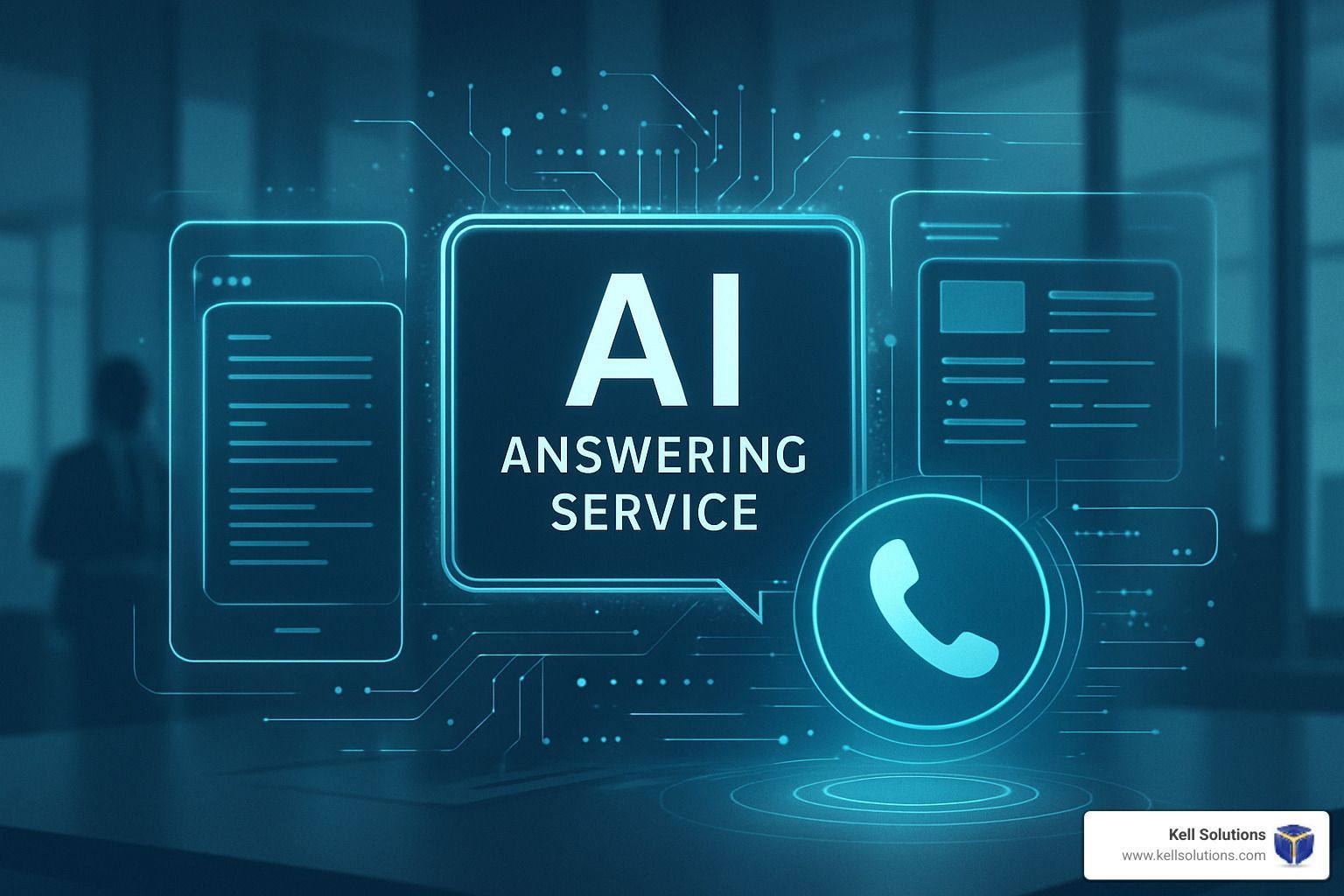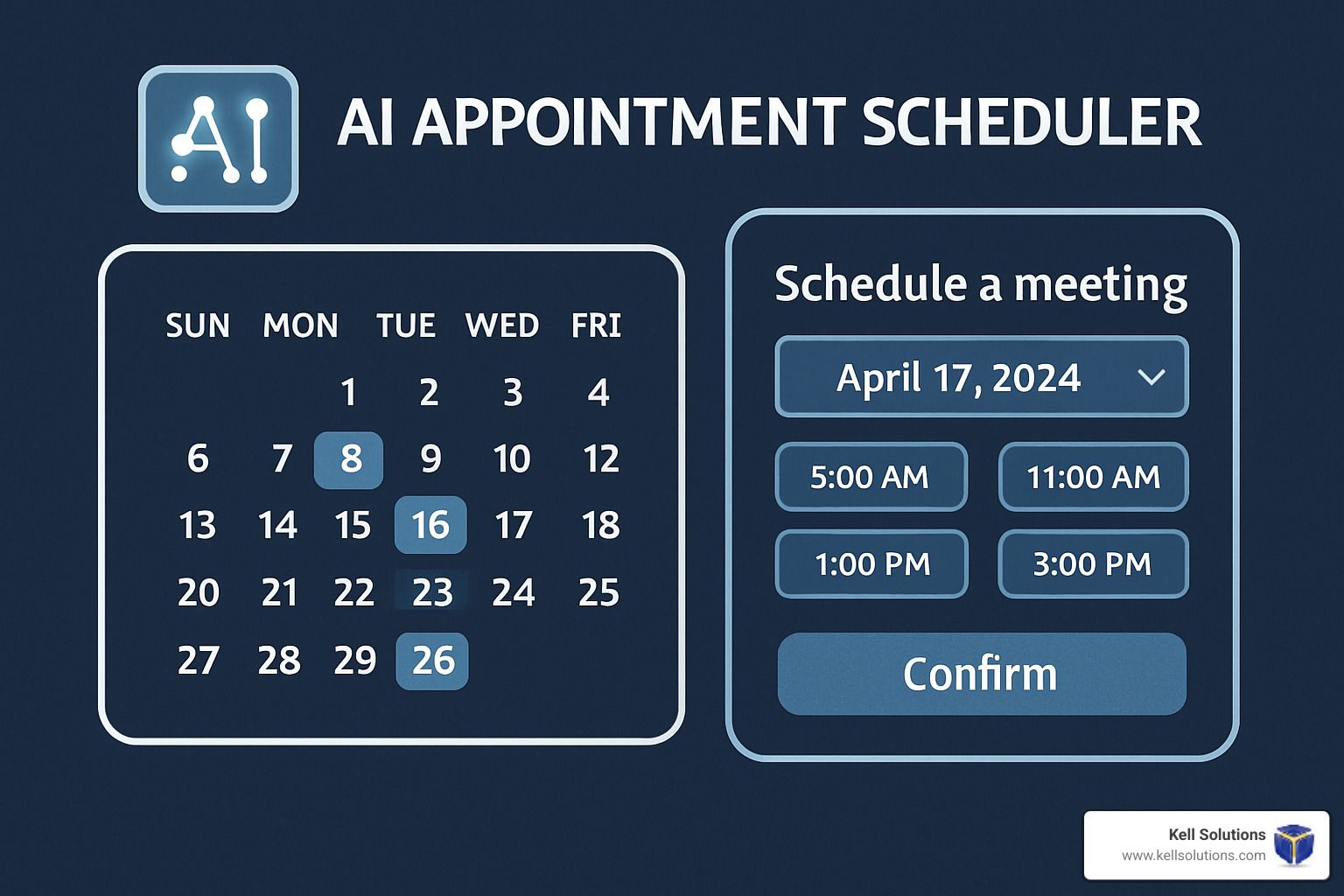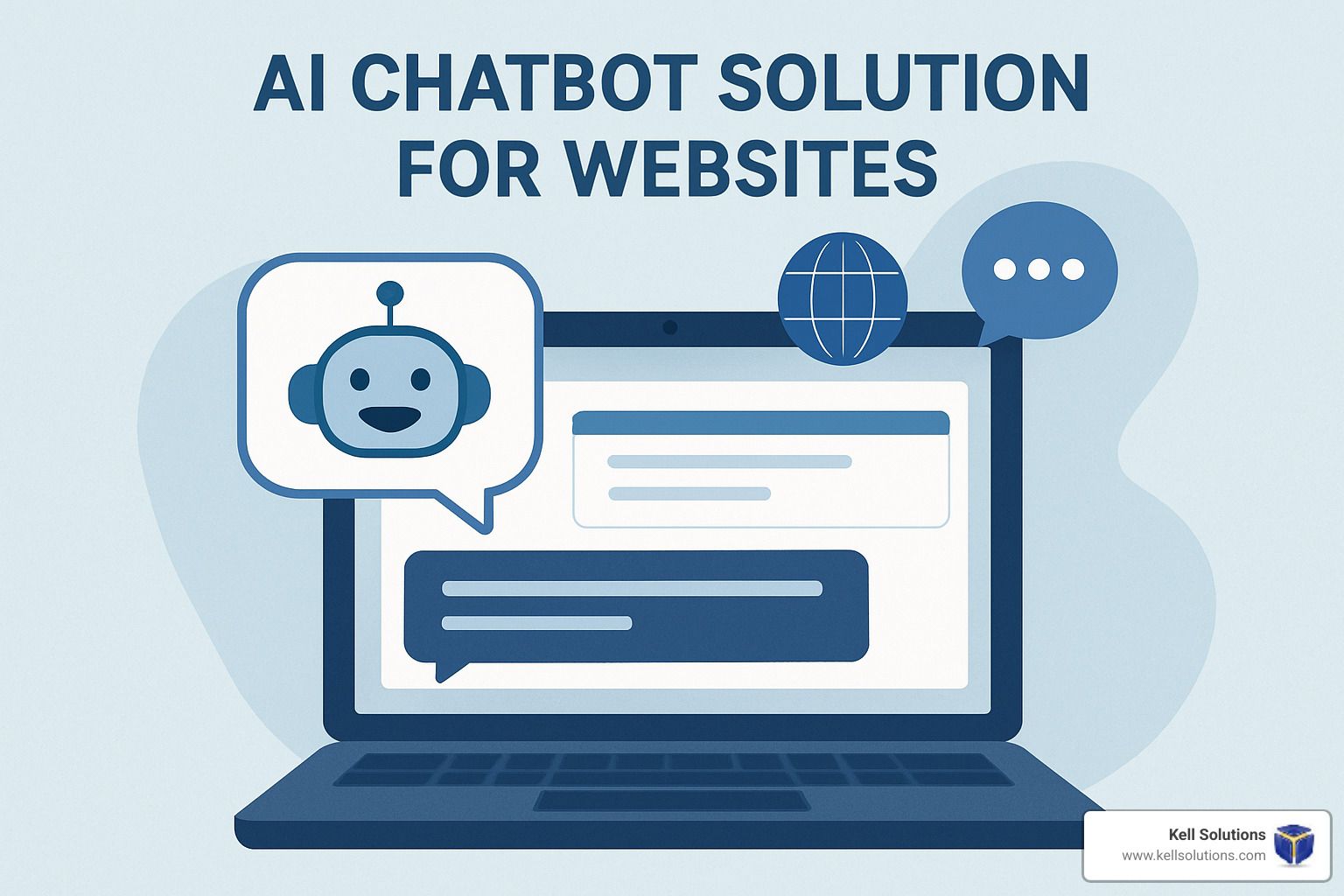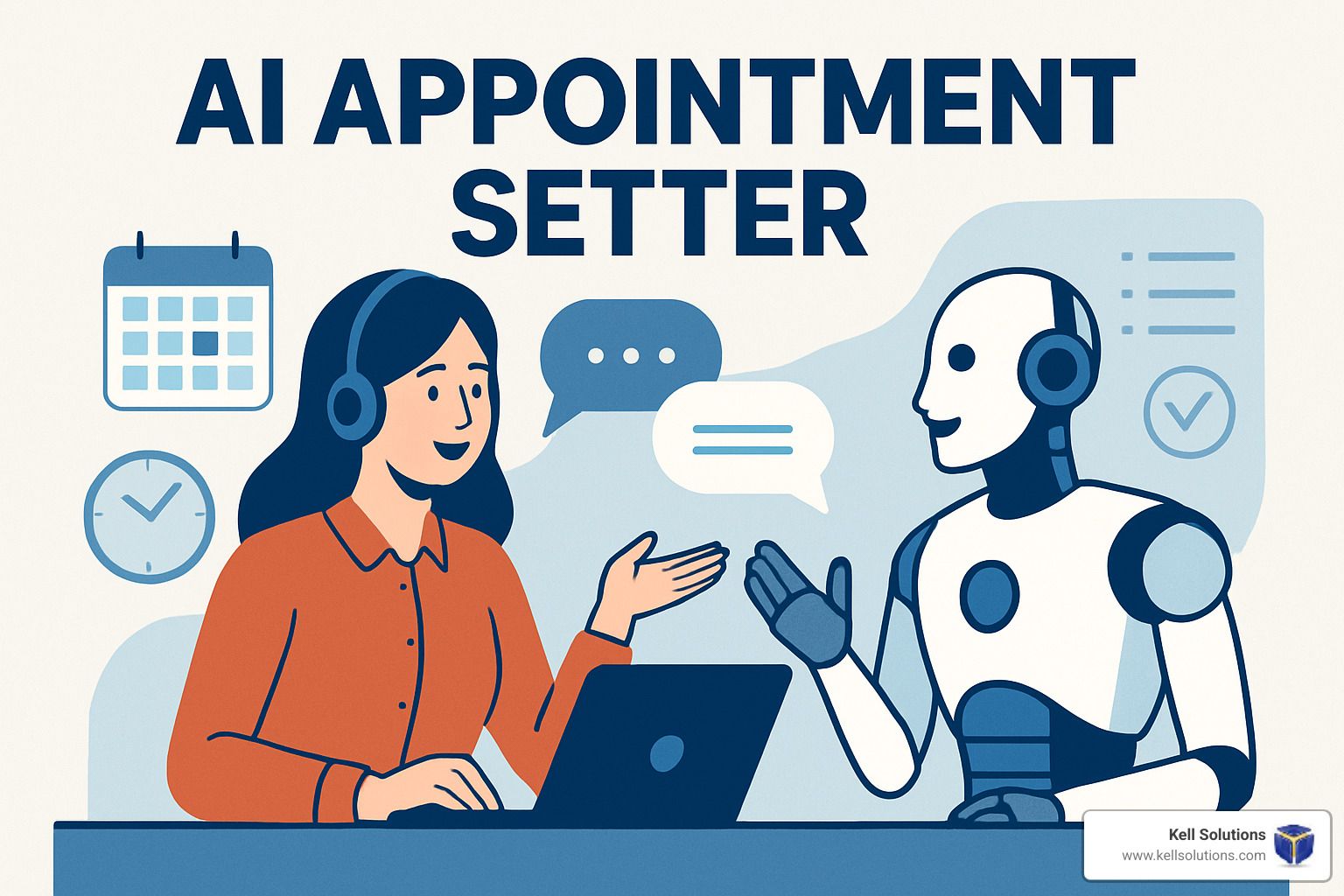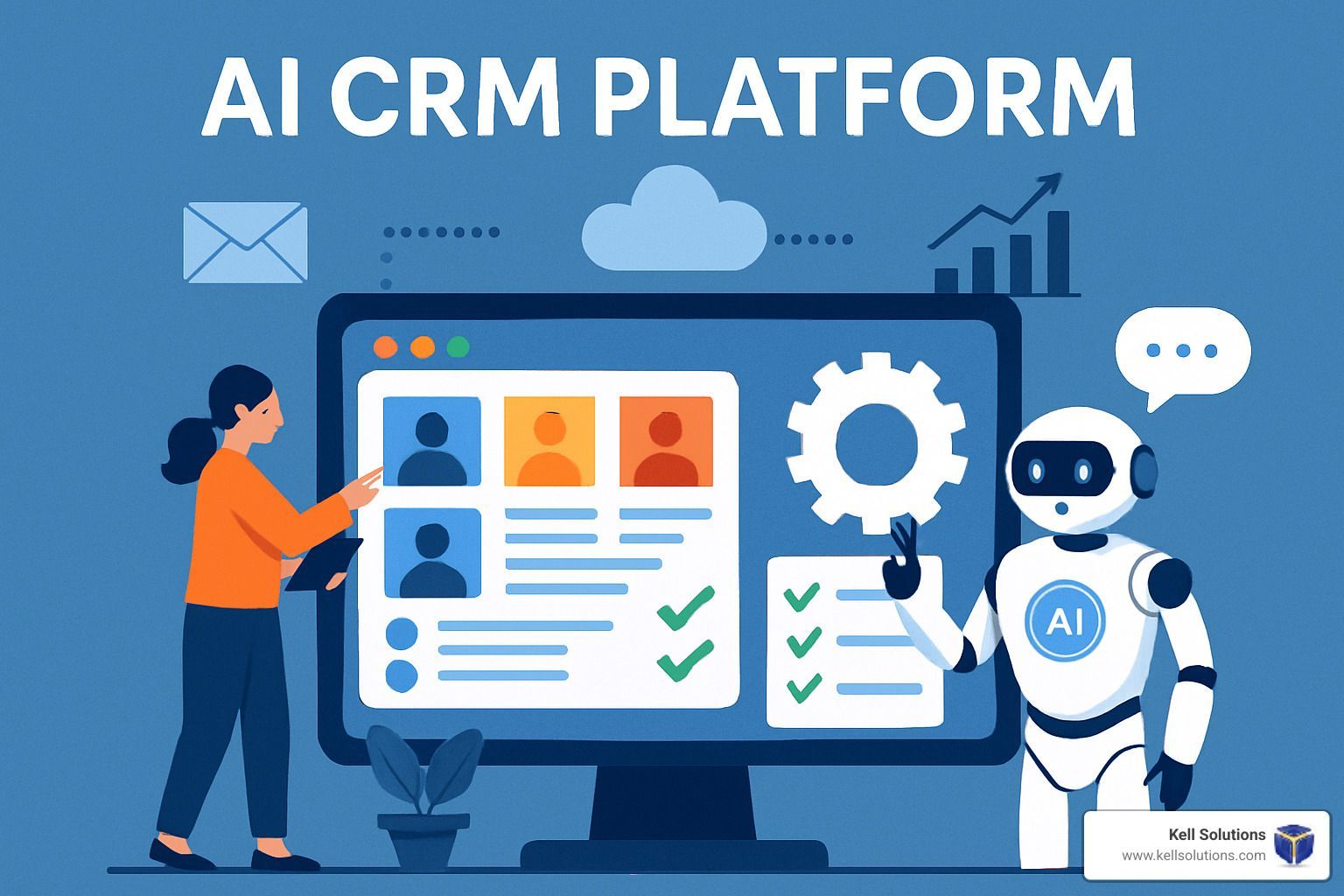AI Audience Segmentation Techniques & Targeted Marketing Strategies
Reaching the Right Customers at the Right Time

Key Takeaways
- AI-powered audience segmentation achieves up to 89% accuracy in predicting customer lifetime value, dramatically outperforming traditional demographic-based approaches.
- Machine learning algorithms can identify hidden patterns in customer behavior that humans would miss, creating more precise audience segments that convert at higher rates.
- Real-time segmentation capabilities allow marketers to capture purchase intent at the exact moment customers are ready to buy, increasing conversion rates by an average of 23%.
- Implementing AI segmentation techniques can reduce customer acquisition costs by up to 35% while simultaneously increasing customer lifetime value.
- Pecan AI's platform helps marketers deploy advanced segmentation models without requiring specialized data science expertise, democratizing access to powerful audience targeting tools.
The Real Power of AI in Modern Audience Segmentation
The landscape of audience segmentation has fundamentally transformed. Gone are the days when marketers could rely on broad demographic categories to understand their customers. Today's consumer expects personalized experiences that anticipate their needs before they even express them. This is where AI audience segmentation becomes not just advantageous but essential for competitive marketing strategies.
Why Traditional Segmentation Falls Short
Traditional segmentation approaches typically categorize customers using basic demographic information – age, location, income bracket, and perhaps a few behavioral indicators. While this provides a starting point, these methods fail to capture the complex, multidimensional nature of modern consumer behavior. Static segments quickly become outdated in our fast-paced digital environment, where consumer preferences shift rapidly. Perhaps most critically, traditional segmentation often relies heavily on historical data without the predictive power to anticipate future behaviors, leaving marketers perpetually one step behind their audiences.
How AI Transforms Customer Targeting Accuracy
AI audience segmentation represents a quantum leap in targeting precision by processing and analyzing massive volumes of customer data at scale. Unlike human analysts, machine learning algorithms can identify subtle patterns across thousands of variables simultaneously, uncovering hidden correlations that drive purchasing decisions. This enhanced pattern recognition allows marketers to move from broad, assumption-based segments to hyper-specific groups defined by actual behavior patterns and preferences. The result is targeting accuracy that dramatically outperforms traditional methods, with Pecan AI's predictive analytics demonstrating how properly implemented AI segmentation can achieve up to 89% accuracy in predicting high-value customer actions.
5 Ways AI Segmentation Boosts Marketing ROI
AI-powered audience segmentation delivers substantial returns on marketing investment through multiple pathways. First, it dramatically reduces wasted ad spend by ensuring messages reach only the most receptive audiences. Second, it increases conversion rates through precisely targeted messaging that resonates with specific customer needs and pain points. Third, AI segmentation enables dynamic pricing strategies that maximize revenue by aligning offers with customers' perceived value and willingness to pay. Fourth, it improves customer retention by identifying early warning signs of churn and triggering appropriate intervention strategies. Finally, AI segmentation creates opportunities for cross-selling and upselling by recognizing patterns that indicate receptiveness to complementary products, expanding customer lifetime value while providing genuinely useful recommendations.
Core AI Segmentation Technologies You Need to Know
Understanding the fundamental technologies that power AI audience segmentation is essential for marketers seeking to leverage these tools effectively. While the technical complexities can be managed through specialized platforms, knowing how these systems work will help you select the right solutions and interpret the insights they generate. The four cornerstone technologies driving today's AI segmentation revolution are machine learning models for pattern recognition, natural language processing for sentiment analysis, predictive analytics for forecasting future behaviors, and computer vision for visual content engagement tracking.
Machine Learning Models for Behavioral Pattern Recognition
At the heart of effective AI segmentation lies sophisticated machine learning models that identify meaningful patterns in customer behavior. These algorithms analyze thousands of interaction points – from website clicks and purchase history to email engagement and support interactions – to detect correlations that would be impossible for human analysts to discover. Clustering algorithms group customers with similar behavioral signatures, while classification models assign new customers to established segments based on their earliest interactions. Advanced reinforcement learning models continuously optimize these classifications based on real-world results, creating a self-improving segmentation system that grows more accurate over time. The result is a dynamic segmentation framework that adapts to evolving customer behaviors without requiring constant manual recalibration.
Natural Language Processing for Sentiment Analysis
Natural Language Processing (NLP) takes AI segmentation beyond clicks and purchases by analyzing the actual content of customer communications. Modern NLP algorithms can process customer reviews, social media posts, chat transcripts, and survey responses to extract emotional sentiment, specific pain points, and product preferences. This qualitative dimension adds critical depth to behavioral segments, helping marketers understand not just what customers do but how they feel. Sentiment-aware segmentation creates opportunities for emotionally resonant messaging that addresses underlying motivations rather than just surface behaviors. For example, an NLP-enhanced segmentation model might distinguish between customers who purchased a product out of genuine enthusiasm versus those who bought out of necessity or frustration with alternatives – distinctions that radically change how you should communicate with each group.
Predictive Analytics for Future Customer Actions
Predictive analytics represents the forward-looking dimension of AI segmentation, transforming historical data into actionable forecasts of future customer behavior. Unlike traditional segmentation that categorizes customers based on past actions alone, predictive models identify the leading indicators that precede significant customer decisions. These sophisticated algorithms can forecast which customers are likely to purchase, churn, upgrade, or respond to specific offers before they take any observable action. This predictive capability enables truly proactive marketing, allowing you to reach customers with the right message at precisely the moment when they're most receptive to it.
Computer Vision for Visual Content Engagement Tracking
Computer vision technology adds another layer of sophistication to AI segmentation by analyzing how customers interact with visual content. Advanced image recognition algorithms can track which elements of product photos, videos, and visual ads capture attention and drive engagement. This visual engagement data creates entirely new segmentation dimensions based on aesthetic preferences, design sensibilities, and visual information processing styles. For instance, computer vision might reveal that certain customer segments respond better to lifestyle imagery while others engage more with detailed product specifications – insights that can transform your visual content strategy across all channels.
Advanced Techniques for Hyper-Personalized Segmentation
As AI segmentation technologies mature, innovative marketers are deploying increasingly sophisticated techniques to achieve unprecedented levels of personalization. These advanced approaches move beyond basic segmentation into true 1:1 marketing at scale, creating experiences that feel individually crafted while remaining operationally efficient. The most powerful of these techniques leverage multiple AI technologies simultaneously, creating multidimensional segmentation frameworks that capture the full complexity of customer behavior.
From look-alike modeling that expands your high-value audience to micro-segmentation that enables granular messaging control, these approaches represent the cutting edge of AI-powered marketing. Let's explore the techniques that are generating exceptional results for forward-thinking brands.
Look-Alike Modeling to Expand High-Value Audiences
Look-alike modeling leverages machine learning to identify prospects who share key characteristics with your best existing customers. Unlike traditional demographic targeting, AI-powered look-alike models analyze hundreds of behavioral signals to find subtle patterns that truly predict customer value. These models extract the "digital DNA" that makes your high-value customers unique, then scan vast prospect databases to find individuals with matching patterns. The most sophisticated look-alike systems continuously refine their targeting based on conversion results, creating a self-optimizing acquisition engine that grows more precise over time.
Real-Time Intent Mapping Across Customer Touchpoints
Real-time intent mapping represents a dynamic approach to segmentation that categorizes customers based on their immediate objectives rather than static profiles. This technique uses machine learning to analyze behavioral signals across touchpoints and identify patterns indicating specific purchase intentions or information needs. For example, a particular sequence of product views, search queries, and page interactions might signal high purchase intent for a specific item category. Advanced intent mapping systems can detect dozens of distinct intent patterns and automatically adapt content, offers, and messaging to match the customer's current goals – dramatically increasing conversion rates compared to static segmentation approaches.
Cross-Device Identity Resolution for Unified Profiles
Cross-device identity resolution solves one of the most challenging problems in modern segmentation: recognizing the same customer across multiple devices and platforms. AI-powered identity resolution uses probabilistic and deterministic matching techniques to connect fragmented customer interactions into coherent journeys. These systems analyze login information, browsing patterns, location data, and device characteristics to stitch together a unified customer profile. The resulting 360-degree view enables truly consistent segmentation across channels, eliminating the jarring experience of being treated as a different customer on each device. This comprehensive profile also dramatically improves segmentation accuracy by incorporating the full spectrum of customer interactions rather than device-specific fragments.
Micro-Segmentation Engines for Granular Targeting
Micro-segmentation pushes AI targeting to its logical conclusion: creating thousands of precisely defined audience segments for hyper-specific messaging. Unlike traditional segmentation that might identify a few dozen customer groups, micro-segmentation engines can automatically generate and manage thousands of distinct segments based on combinations of behavioral, demographic, and contextual factors. Each micro-segment receives tailored messaging, offers, and creative elements that precisely match their specific characteristics. This extreme granularity eliminates the compromises inherent in broader segmentation approaches, where messages must appeal to diverse customers within the same segment. The result is dramatically higher engagement rates and conversion efficiency compared to conventional segmentation strategies.
Psychographic Analysis Through AI
Psychographic segmentation has traditionally been difficult to implement at scale due to the challenges of collecting reliable personality and value data. AI has transformed this landscape by inferring psychographic characteristics from observable behaviors and content interactions. Natural language processing analyzes the content customers consume and create, while behavioral pattern recognition identifies actions that correlate with specific psychological traits. These inferred psychographic profiles enable segmentation based on motivations, values, and decision-making styles rather than just observable behaviors. The resulting segments respond to messaging that aligns with their underlying psychological drivers, creating deeper connections that drive long-term loyalty beyond transactional relationships.
How to Apply AI Segmentation to Your Marketing Channels
The true power of AI audience segmentation emerges when you implement it strategically across your marketing channels. Each channel presents unique opportunities to leverage AI-powered insights for maximum impact. By tailoring your implementation approach to the specific strengths of each platform, you can create a cohesive cross-channel experience that guides customers seamlessly through their journey.
The most successful marketers don't view AI segmentation as a separate initiative but rather as an intelligence layer that enhances every customer touchpoint. Let's explore how to effectively apply these advanced segmentation techniques across your key marketing channels.
Email Marketing Optimization with AI Segments
Email marketing represents one of the highest-ROI applications for AI segmentation, with personalized campaigns consistently outperforming batch-and-blast approaches by 3-5x. The most effective AI-driven email strategies move beyond simple demographic targeting to incorporate behavioral triggers, content affinity analysis, and optimal send-time prediction. For example, a travel company might automatically segment customers based on their browsing patterns—creating distinct groups for beach enthusiasts, adventure seekers, luxury travelers, and budget explorers—then further refine these segments based on typical booking windows and price sensitivity. Each resulting micro-segment receives uniquely tailored subject lines, content, imagery, and offers that precisely match their preferences and decision-making patterns.
Advanced email segmentation systems can also incorporate time-based elements, automatically adjusting content based on where customers are in their journey. A customer who has been researching a product category for several weeks might receive detailed comparison information, while someone showing first-time interest receives introductory content that establishes foundational knowledge. This dynamic approach ensures emails always arrive with exactly the right message at the right moment in the customer's decision process.
Social Media Ad Targeting That Actually Converts
Social media platforms offer unprecedented targeting capabilities that become even more powerful when enhanced with your own AI segmentation data. Rather than relying solely on the platforms' built-in targeting options, leading marketers are creating custom audiences based on their proprietary AI-generated segments. This approach combines the best of both worlds: your deep customer understanding with the platforms' massive reach and targeting infrastructure. For instance, by uploading customer lists from high-value segments identified through your AI system, you can create powerful lookalike audiences that extend your reach to prospects with similar behavioral patterns.
The most sophisticated social media strategies use AI segmentation to customize not just audience targeting but also creative elements, copy approaches, and bidding strategies for each segment. A fashion retailer might detect through AI analysis that certain customer segments respond best to user-generated content while others engage more with professional product photography—then automatically match creative approaches to each segment across their campaigns. This level of customization dramatically improves conversion rates while often reducing overall ad spend through increased efficiency.
Website Personalization Based on AI-Identified Segments
Your website represents the ideal environment to leverage AI segmentation for real-time personalization that adapts to each visitor's unique profile. Modern AI-powered personalization engines can instantly classify visitors into your predefined segments based on referral source, browsing behavior, past interactions, and known characteristics. Once classified, these systems can dynamically adjust nearly every element of the user experience—from featured products and content recommendations to navigation paths and promotional offers. A B2B software company might detect that a visitor matches their "technical decision-maker" segment and automatically emphasize technical specifications and integration capabilities, while a visitor in the "business stakeholder" segment sees ROI calculators and case studies prominently featured. An example of Business Automation with AI.
The most effective website personalization strategies incorporate both explicit segmentation rules and machine learning algorithms that continuously optimize based on real-time performance data. This hybrid approach allows marketers to apply their strategic knowledge while still benefiting from the pattern-recognition capabilities of AI systems. As visitors interact with your personalized experience, their segment classification is continuously refined, creating an increasingly accurate and effective user experience that dramatically improves conversion rates and average order values.
PPC Campaign Enhancement Through Intelligent Audience Selection
Search marketing campaigns gain tremendous efficiency when enhanced with AI segmentation insights. Rather than treating all searchers with the same query as identical prospects, advanced marketers are using AI to identify high-value segments and customize their search strategy accordingly. This segmentation can influence keyword selection, ad copy, landing page experience, and even bid amounts for different customer groups. For example, an AI system might detect that certain behavioral patterns indicate customers with 3x higher lifetime value—justifying higher acquisition costs for these segments through increased bidding on relevant keywords.
The most sophisticated PPC strategies also incorporate predictive elements from AI segmentation models. These systems can forecast which search terms signal high purchase intent for specific product categories, then dynamically adjust bidding strategies to capture these high-potential customers at the exact moment of decision. This predictive capability creates a significant competitive advantage, allowing you to allocate budget more efficiently than competitors using static bidding approaches. When combined with segment-specific landing pages that continue the personalized experience after the click, this approach can improve PPC conversion rates by 25-40% while simultaneously reducing cost per acquisition.
Implementing AI Segmentation: A Step-by-Step Guide
Successfully implementing AI audience segmentation requires a structured approach that balances technical requirements with business objectives. While every organization's journey will differ based on their existing data infrastructure and marketing maturity, following these five essential steps will help you navigate the implementation process effectively. By addressing each component methodically, you can avoid common pitfalls and accelerate your path to results.
1. Audit Your Current Data Infrastructure
Before implementing AI segmentation - using AI Insights to Optimize Advertising Campaigns - conduct a comprehensive audit of your existing customer data landscape. Identify all current data sources, including CRM systems, website analytics, email platforms, transaction databases, support interactions, and third-party data providers. Assess data quality across these sources by evaluating completeness, accuracy, recency, and consistency. Pay particular attention to identity resolution capabilities—how effectively you can connect customer activities across different channels and touchpoints. This audit will reveal any critical gaps that need addressing before AI segmentation can deliver reliable results.
Based on your findings, develop a data integration strategy that creates a unified customer data foundation. This might involve implementing a customer data platform (CDP), enhancing your data warehouse capabilities, or developing custom integration solutions depending on your specific situation. The goal is to create a single source of truth that provides AI systems with comprehensive, accurate customer data for analysis and segmentation.
2. Select the Right AI Segmentation Tools
With your data foundation established, the next step is selecting appropriate AI segmentation tools aligned with your specific needs and technical capabilities. The market offers options ranging from end-to-end marketing platforms with built-in AI segmentation to specialized solutions focused exclusively on advanced customer analytics. Consider factors including ease of implementation, compatibility with your existing tech stack, required technical expertise, and scalability as your segmentation needs evolve. Many organizations find that starting with specialized AI segmentation platforms like Pecan AI offers the fastest path to value, providing sophisticated capabilities without requiring extensive data science resources.
Evaluate potential solutions based on their specific algorithmic capabilities and how well they align with your segmentation objectives. Look for platforms that offer transparent model explanations rather than black-box approaches, allowing your marketing team to understand and trust the segmentation logic. The ideal solution will balance sophisticated AI capabilities with intuitive interfaces that empower marketers to translate insights into action without constant technical support.
3. Define Clear Segmentation Goals
Successful AI segmentation requires precise definition of what you hope to achieve. Establish specific, measurable objectives that align with your broader business goals. Are you primarily focused on identifying high-lifetime-value customers for retention efforts? Recognizing churn signals for proactive intervention? Discovering cross-sell opportunities across product categories? Each objective may require different data inputs and modeling approaches. The most effective implementations typically start with 2-3 clearly defined use cases rather than attempting to revolutionize all marketing activities simultaneously.
For each segmentation objective, define concrete success metrics and performance baselines. These might include conversion rate improvements, reduced customer acquisition costs, increased average order value, or enhanced retention rates. By establishing quantifiable goals and current benchmarks, you create the foundation for measuring ROI and continuously optimizing your approach based on actual business impact rather than technical novelty.
4. Deploy Pilot Campaigns
With your technical foundation established and objectives defined, begin with focused pilot campaigns that apply AI segmentation to specific marketing initiatives. Select opportunities that offer clear measurement potential and significant business impact while remaining operationally manageable. A common starting point involves applying AI segmentation to email campaigns, where implementation is relatively straightforward and performance improvements are easily quantified. Design these pilots with careful testing protocols, ideally incorporating control groups to isolate the impact of your AI segmentation from other variables.
Structure your pilots to validate both the technical accuracy of your segmentation and its practical marketing value. For example, you might compare conversion rates between traditionally segmented campaigns and those using AI-identified customer groups. Document both quantitative results and qualitative insights throughout the pilot phase, creating a knowledge base that will inform your broader implementation strategy. Successful pilots not only demonstrate ROI but also build organizational confidence in the approach, facilitating wider adoption.
5. Measure and Refine Your Approach
AI segmentation is not a one-time implementation but an ongoing process of measurement, learning, and refinement. Establish regular review cycles to evaluate segmentation performance against your defined objectives. Analyze both the accuracy of segment identification and the business outcomes generated through segment-specific marketing activities. Look beyond obvious metrics to identify unexpected patterns and opportunities that emerge from your segmentation data.
Based on these insights, continuously refine your approach in multiple dimensions. This might involve adjusting the data inputs feeding your AI models, recalibrating algorithmic parameters, redefining segment boundaries, or modifying the marketing tactics applied to specific segments. The most successful implementations embrace this iterative approach, creating a virtuous cycle where each refinement improves results and generates new insights. Over time, this process transforms AI segmentation from a marketing tactic into a sustainable competitive advantage that becomes increasingly difficult for competitors to replicate.
Common Pitfalls to Avoid with AI Audience Segmentation
While AI segmentation offers transformative potential, certain common pitfalls can undermine results if not proactively addressed. By understanding these challenges in advance, you can implement strategies to mitigate their impact and maximize your chances of success. The most significant risks fall into three categories: data quality issues, over-segmentation problems, and ethical/compliance concerns.
Data Quality Issues That Derail Results
AI segmentation models are fundamentally dependent on the quality of data they analyze—following the principle of "garbage in, garbage out." The most common data issues include incomplete customer profiles that create blind spots in your analysis, inconsistent data collection practices that introduce noise into your models, and outdated information that no longer reflects current customer behavior. Even more problematic are systematic biases in your data collection that can lead to skewed segments and ineffective targeting. For example, if your customer data overrepresents certain channels or demographics, your AI models will develop segments that reflect these sampling biases rather than your actual market. Time for a new AI Implementation Strategy.
To address these challenges, implement robust data governance practices before launching AI segmentation initiatives. This includes establishing data quality standards, regular auditing processes, and clear ownership for data integrity across your organization. Consider implementing progressive data collection strategies that gradually enrich customer profiles over time rather than demanding complete information upfront. Most importantly, approach your segmentation with awareness of potential blind spots, regularly testing assumptions and validating results against real-world performance.
Over-Segmentation: When Getting Too Granular Backfires
The power of AI to identify minute differences between customer groups sometimes leads marketers into the trap of over-segmentation—creating so many distinct segments that they become operationally unmanageable. While AI can theoretically generate thousands of micro-segments, each with statistically significant differences, your marketing team's ability to create relevant content and experiences for each segment has practical limits. Over-segmentation also risks creating groups too small to be statistically valid for decision-making, where apparent patterns may actually represent random variation rather than meaningful differences.
The antidote to over-segmentation is maintaining a balance between analytical precision and operational feasibility. Start by defining the minimum viable segment size based on your specific business context and the actions you'll take based on segmentation. Focus on identifying segments with meaningful differences in their response to your marketing activities rather than just statistical variations in their characteristics. Consider implementing a tiered segmentation approach where broad strategic segments guide overall marketing strategy while more granular tactical segments inform specific campaign executions. This balanced approach captures the benefits of AI precision while remaining practically implementable.
Ignoring Ethical Considerations and Privacy Compliance
AI segmentation raises important ethical and compliance considerations that extend beyond legal requirements. From a regulatory perspective, frameworks like GDPR, CCPA, and emerging AI-specific regulations create strict guidelines for how customer data can be collected, processed, and applied in marketing contexts. Beyond compliance, ethical questions arise regarding transparency, potential discrimination, and customer expectations about how their data will be used. Failing to address these considerations can create significant reputational and legal risks, undermining the value of your segmentation efforts.
Develop a proactive approach to ethical AI segmentation by establishing clear principles that guide your implementation. Ensure transparency with customers about how their data informs your marketing, providing meaningful control over their information.
Regularly audit your segmentation models for potential bias or discriminatory impacts, particularly when segments influence pricing, access, or service levels. Consider implementing "ethics by design" approaches where ethical considerations are integrated into your segmentation development process rather than evaluated after implementation. By treating privacy and ethics as fundamental requirements rather than compliance checkboxes, you can build customer trust while still leveraging the powerful capabilities of AI segmentation.
Case Studies: Real-World AI Segmentation Success Stories
The theoretical benefits of AI segmentation become most compelling when examined through the lens of real-world implementation. Organizations across industries have deployed these techniques with remarkable results, creating competitive advantages through superior customer understanding and personalization. These case studies illustrate not just the potential outcomes but also the practical implementation approaches that delivered success.
By studying how leading companies have navigated both the opportunities and challenges of AI segmentation, you can adapt their proven strategies to your specific business context. While technological details vary, these examples share common elements: clear business objectives, thoughtful implementation approaches, and rigorous measurement of results.
How Spotify Uses AI to Create Personalized Music Experiences
Spotify has revolutionized the music industry through its sophisticated application of AI segmentation, analyzing over 100 billion data points daily to understand listener preferences with unprecedented precision. Their approach extends far beyond basic genre classifications to identify complex patterns in listening behaviors, contextual factors, and emotional responses to music. This deep understanding enables their famous "Discover Weekly" and personalized playlist features that keep users engaged by consistently introducing them to new music aligned with their unique taste profiles.
What makes Spotify's approach particularly noteworthy is their balanced use of explicit and implicit segmentation signals. While they directly ask users about preferred artists and genres during onboarding, their most powerful insights come from behavioral analysis—what songs users skip, which they add to playlists, listening times, and sequence patterns. This multidimensional segmentation allows them to identify distinct listener types and adaptation patterns, like users who explore new genres on weekends while sticking to familiar favorites during workdays. The business impact is undeniable: Spotify maintains over 30% higher retention rates than industry averages and has successfully monetized these personalized experiences through both subscription and advertising models.
Amazon's Product Recommendation Engine
Amazon's recommendation engine represents perhaps the most financially successful application of AI segmentation in history, generating an estimated 35% of the company's total revenue. Their approach combines multiple AI technologies to create a comprehensive customer understanding that powers personalized recommendations across their entire platform. The system analyzes purchase history, browsing patterns, list additions, review interactions, and even cursor hovering behavior to develop multidimensional customer segments with specific product affinities.
Netflix's Content Suggestion Algorithm
Netflix has transformed content consumption through its sophisticated approach to viewer segmentation, using AI to analyze viewing patterns across over 200 million subscribers. Their segmentation model extends beyond obvious dimensions like genre preferences to incorporate subtle factors including viewing time patterns, binge-watching behaviors, and even content completion rates. This comprehensive understanding allows Netflix to create over 2,000 "taste communities" that receive customized content recommendations, dramatically increasing engagement compared to traditional demographic targeting.
The company's commitment to segmentation extends beyond recommendations to content production decisions. By analyzing segment preferences and identifying gaps in available content that would appeal to specific viewer groups, Netflix has developed a data-driven approach to content investment. This strategy has delivered remarkable results: subscribers who select content based on personalized recommendations watch approximately 80% more content than those who browse manually, driving both retention and acquisition through superior user experience. Perhaps most impressively, Netflix continuously refines their segmentation approach, regularly testing new algorithms and segmentation dimensions to improve recommendation accuracy.
The Future of AI Audience Segmentation
As AI capabilities continue to advance at an accelerating pace, the future of audience segmentation promises even more sophisticated approaches to understanding and engaging customers. Three emerging developments stand to transform current best practices: generative AI for dynamic persona creation, emotional intelligence in marketing segmentation, and zero-party data collection through AI interactions. Forward-thinking marketers are already exploring these frontiers, developing capabilities that will define competitive advantage in the coming years.
Generative AI for Dynamic Persona Creation
The next frontier in AI segmentation leverages generative models to create detailed, synthetic customer personas that represent key segments. Unlike traditional static personas developed through manual research, these AI-generated representations evolve continuously based on real-time data, creating "living personas" that reflect emerging behavioral patterns. These systems can generate rich narrative descriptions of customer motivations, decision journeys, and potential objections—helping marketers develop deeply resonant messaging for each segment. Some advanced implementations can even simulate how different customer segments might respond to potential marketing approaches before deployment, creating virtual focus groups that accelerate campaign optimization.
Emotional Intelligence in Marketing Segmentation
Emerging AI capabilities are increasingly able to detect and interpret emotional signals from customer interactions, creating entirely new dimensions for segmentation. Advanced natural language processing can identify emotional states from customer service interactions, social media posts, and reviews, while computer vision can analyze emotional responses in video interactions. These emotional insights allow marketers to segment audiences based on affective patterns rather than just behavioral or demographic characteristics. For example, a financial services company might identify segments characterized by financial anxiety versus confidence, tailoring their messaging approach to address the specific emotional context of each group. As these technologies mature, emotional segmentation will become a crucial differentiator in creating truly resonant customer experiences.
Zero-Party Data Collection Through AI Interactions
As privacy regulations tighten and third-party cookies disappear, zero-party data—information customers intentionally share with brands—is becoming increasingly valuable. Advanced AI interactions are creating new opportunities to collect this data through engaging, value-adding experiences. Conversational AI interfaces can conduct natural dialogues with customers, gathering preferences and insights while providing immediate value through personalized recommendations or information. These interactions feel less intrusive than traditional data collection methods while actually providing richer, more accurate information for segmentation.
The most innovative approaches combine game mechanics with AI to create "preference centers" that make sharing information enjoyable rather than transactional. For example, a clothing retailer might develop an interactive style quiz powered by machine learning that simultaneously entertains customers while gathering detailed preference data. This zero-party approach creates a virtuous cycle where customers receive increasingly personalized experiences while brands develop more accurate segmentation models based on explicitly shared preferences rather than inferred characteristics.
Take Your Marketing to the Next Level with AI Segmentation Today
The gap between market leaders and followers in digital marketing continues to widen, with AI-powered segmentation emerging as a critical differentiator in campaign performance. Organizations that implement these advanced techniques are consistently outperforming competitors through more efficient acquisition, higher conversion rates, and stronger customer retention. The technologies and methodologies discussed throughout this article represent not just incremental improvements but a fundamental transformation in how marketers understand and engage their audiences. Whether you're just beginning your AI segmentation journey or looking to enhance existing capabilities, the time to act is now. Your customers already expect personalized experiences that anticipate their needs—and Pecan AI's predictive analytics platform can help you deliver them without requiring specialized data science expertise. Learn more about the evolution of AI customer segmentation to stay ahead in the market.
Frequently Asked Questions
As you consider implementing AI audience segmentation in your organization, you likely have practical questions about costs, requirements, timelines, and implementation challenges. The following answers address the most common inquiries we receive from marketing leaders evaluating these technologies for their businesses.
How much does implementing AI segmentation typically cost for a mid-size business?
Implementation costs for AI segmentation vary widely based on your existing data infrastructure, selected solution approach, and the complexity of your segmentation goals. For mid-sized businesses, typical investments range from $25,000 to $150,000 for initial implementation, with ongoing operational costs between $5,000 and $15,000 monthly. These figures include technology licensing, integration services, and necessary technical resources. Organizations with mature data infrastructure and in-house technical capabilities can often implement for considerably less, while those requiring significant data preparation work may face higher initial costs.
Many vendors now offer scalable pricing models that allow you to start with focused applications and expand as you demonstrate ROI. When calculating potential costs, consider not just the direct expenses but also the opportunity cost of delayed implementation. Organizations implementing AI segmentation typically see 15-30% improvements in marketing efficiency, meaning that postponing implementation represents significant foregone revenue and wasted marketing spend. The most cost-effective approach often involves starting with targeted use cases that demonstrate quick ROI, then expanding gradually as you validate results.
Can AI segmentation work with limited customer data?
Yes, AI segmentation can deliver value even with limited customer data, though the sophistication of your segmentation will naturally scale with your data availability. Modern AI approaches are designed to extract maximum insight from whatever data is available, identifying patterns that wouldn't be apparent through manual analysis. The minimum viable dataset typically includes basic transaction history, customer interactions, and some demographic information. Even with these limited inputs, AI can identify meaningful behavioral patterns that improve targeting compared to traditional approaches.
How long does it take to see results from AI-powered audience segmentation?
The timeline for realizing benefits from AI segmentation typically follows a phased pattern. Initial insights become available relatively quickly—usually within 4-8 weeks of implementation—as AI models identify patterns in your existing data. These early insights often highlight immediate opportunities for campaign optimization and audience targeting improvements. More substantial business impact typically emerges within 3-6 months as you apply these insights across multiple marketing channels and campaigns, refining your approach based on results.
The timeframe can be accelerated by starting with focused use cases that have clear measurement frameworks. For example, implementing AI segmentation for email campaigns often delivers measurable improvements in open and conversion rates within weeks. Conversely, applications requiring longer customer lifecycles, like retention marketing or lifetime value optimization, naturally take longer to demonstrate definitive results. The most successful implementations maintain a balanced portfolio of quick-win applications and strategic long-term initiatives, creating both immediate validation and sustained competitive advantage.
What privacy regulations should I be aware of when using AI for customer segmentation?
AI segmentation must comply with a complex and evolving landscape of privacy regulations, with requirements varying significantly by geography and industry. Key frameworks include the General Data Protection Regulation (GDPR) in Europe, the California Consumer Privacy Act (CCPA) and its successor the California Privacy Rights Act (CPRA) in the US, and industry-specific regulations like HIPAA for healthcare. These regulations generally require transparent disclosure about data collection and usage, mechanisms for customers to access and control their data, and limitations on certain types of automated decision-making. Particularly relevant for AI segmentation are requirements around profiling activities and the right to object to automated processing.
Beyond compliance with specific regulations, develop a privacy-centric approach that anticipates future requirements. This includes implementing data minimization principles (collecting only what's necessary for your segmentation goals), building robust consent management systems, and establishing clear data retention policies. Consider working with specialized privacy counsel to develop a compliance framework specific to your AI segmentation activities, particularly if you operate across multiple jurisdictions with varying requirements. Remember that privacy compliance should be viewed not just as a legal requirement but as an opportunity to build trust with increasingly privacy-conscious customers.
Do I need a data scientist to implement AI segmentation for my marketing campaigns?
The need for specialized data science resources depends largely on your chosen implementation approach. Traditional AI implementations typically required significant data science expertise, creating a barrier for many marketing organizations. However, modern AI segmentation platforms like Pecan AI have dramatically reduced this requirement through purpose-built solutions that automate many technical aspects of model development and deployment. These platforms enable marketing teams to implement sophisticated segmentation with minimal technical support, using intuitive interfaces designed for business users rather than data scientists.
That said, even with accessible platforms, having some analytical capabilities within your marketing team remains valuable. The most successful implementations typically involve collaboration between marketing strategists who understand customer needs and analytical team members who can translate business questions into data explorations. If your organization lacks internal data capabilities, consider starting with vendor-provided services or fractional data science resources to support your implementation. Many organizations find that as they mature in their AI segmentation journey, they gradually develop more specialized internal capabilities based on demonstrated business value.
AI audience segmentation represents not just an evolution but a revolution in how marketers understand and engage their customers. By implementing these advanced techniques, you can transform your marketing from broad approximations to precisely targeted experiences that resonate with each customer's unique needs and preferences. Pecan AI provides the tools and expertise to make this transformation accessible, regardless of your organization's technical capabilities or current data maturity.


Orange County HVAC Google AI Overview Domination: 7 Proven Strategies to Capture Featured AI Results





